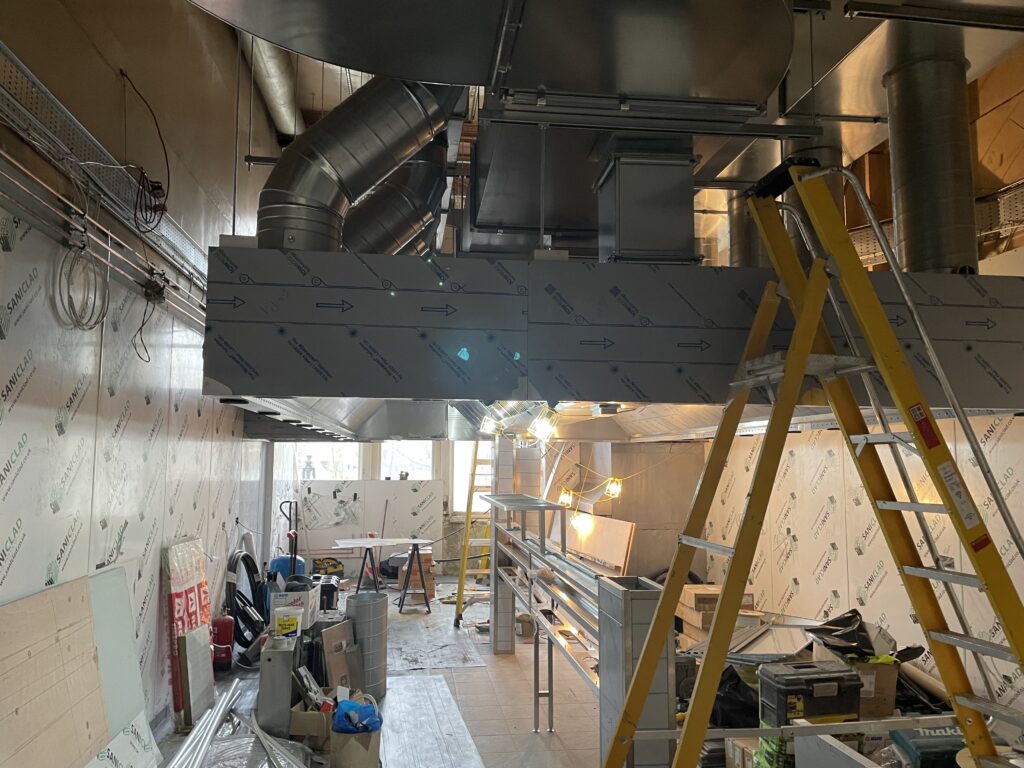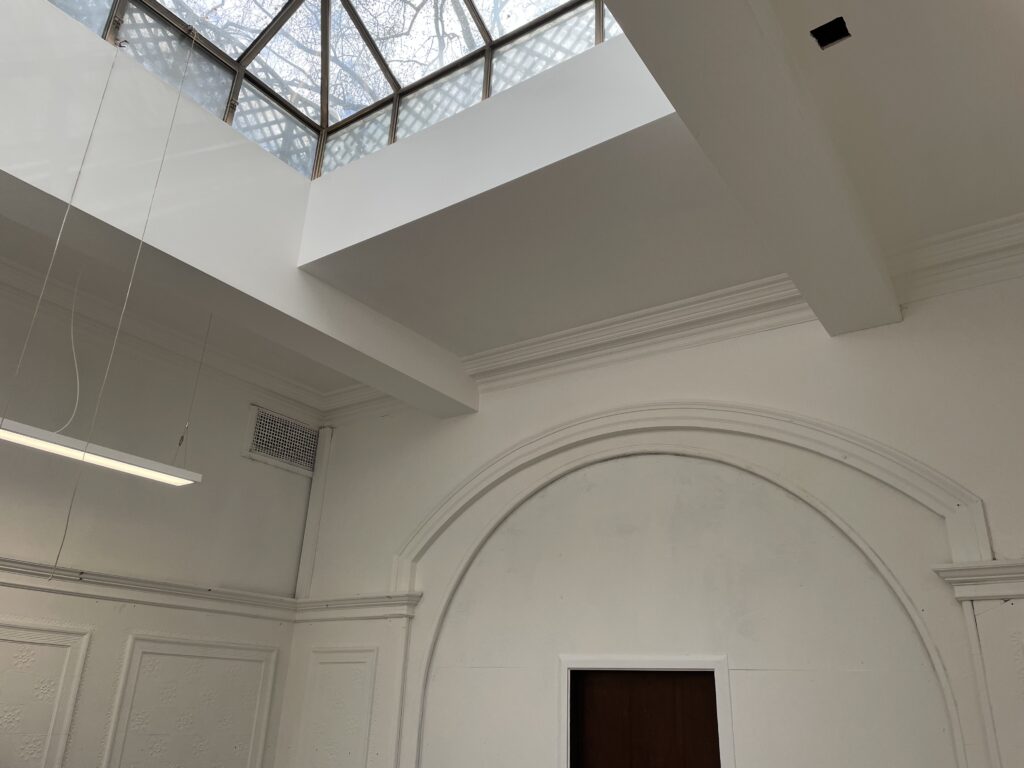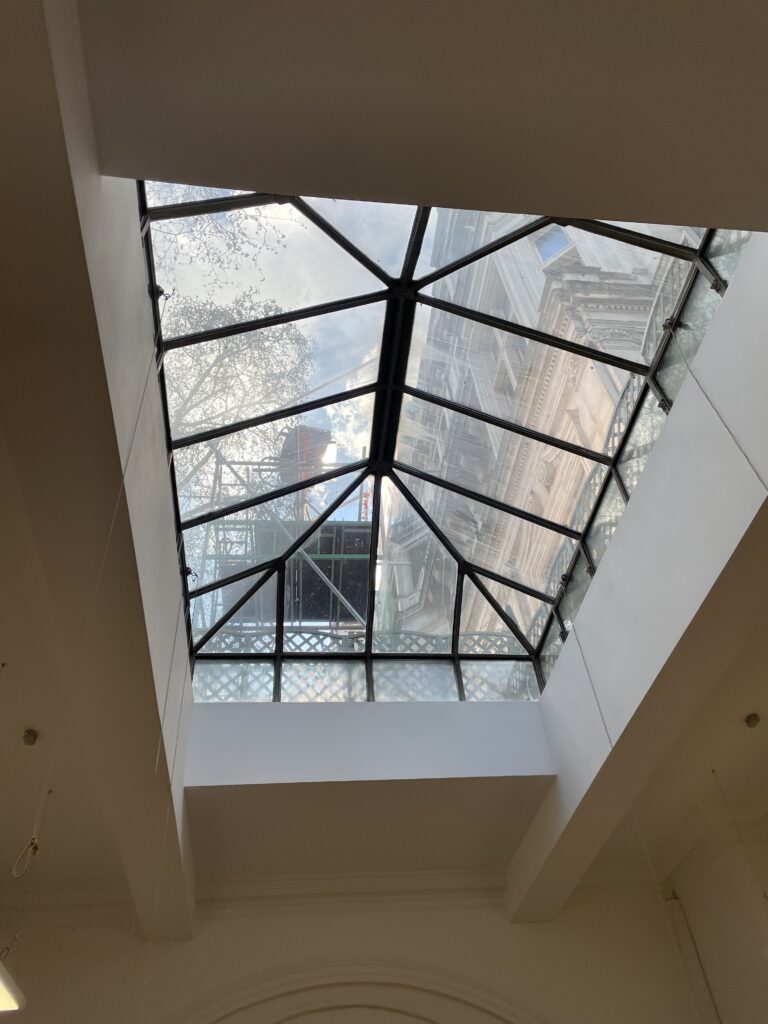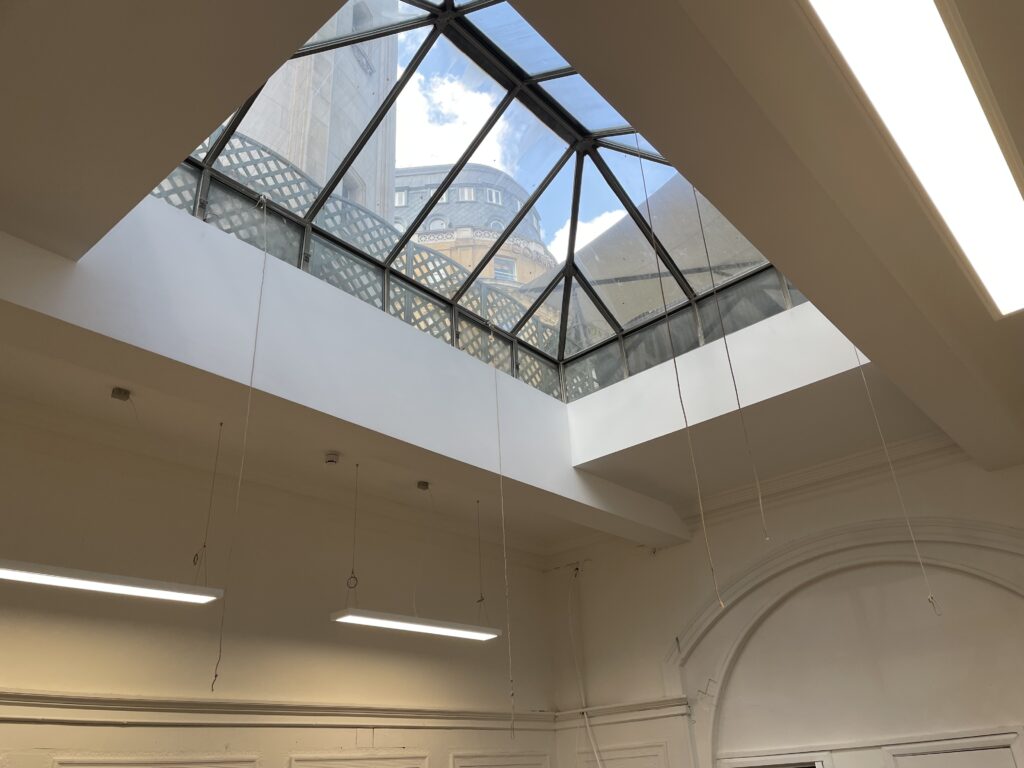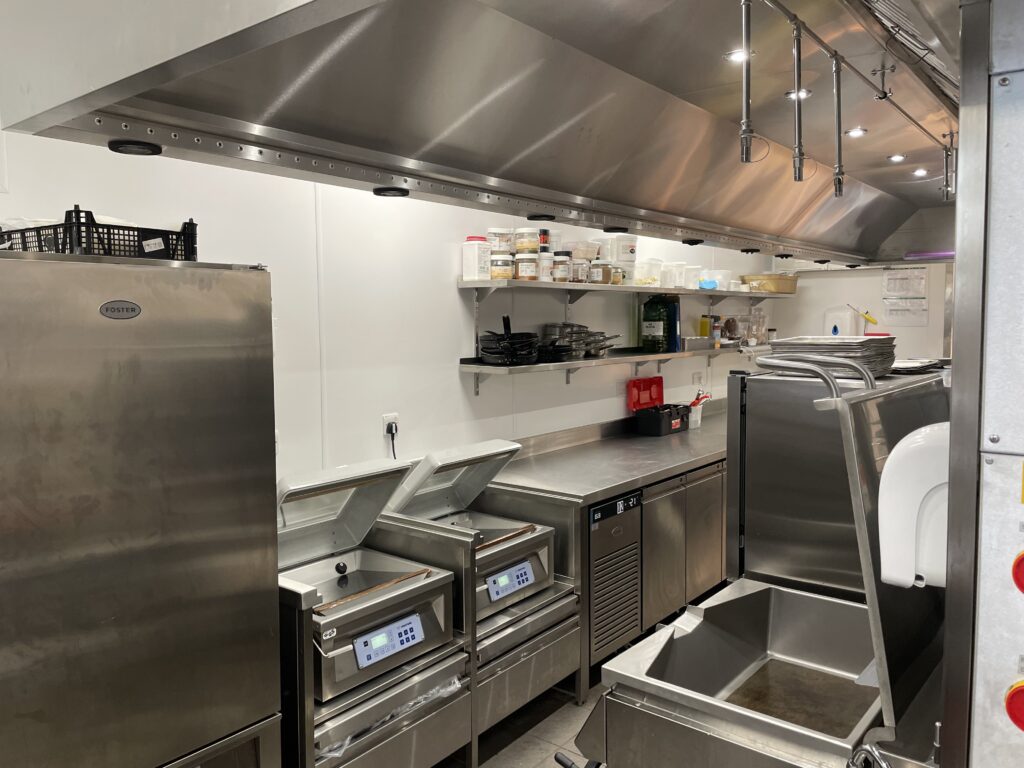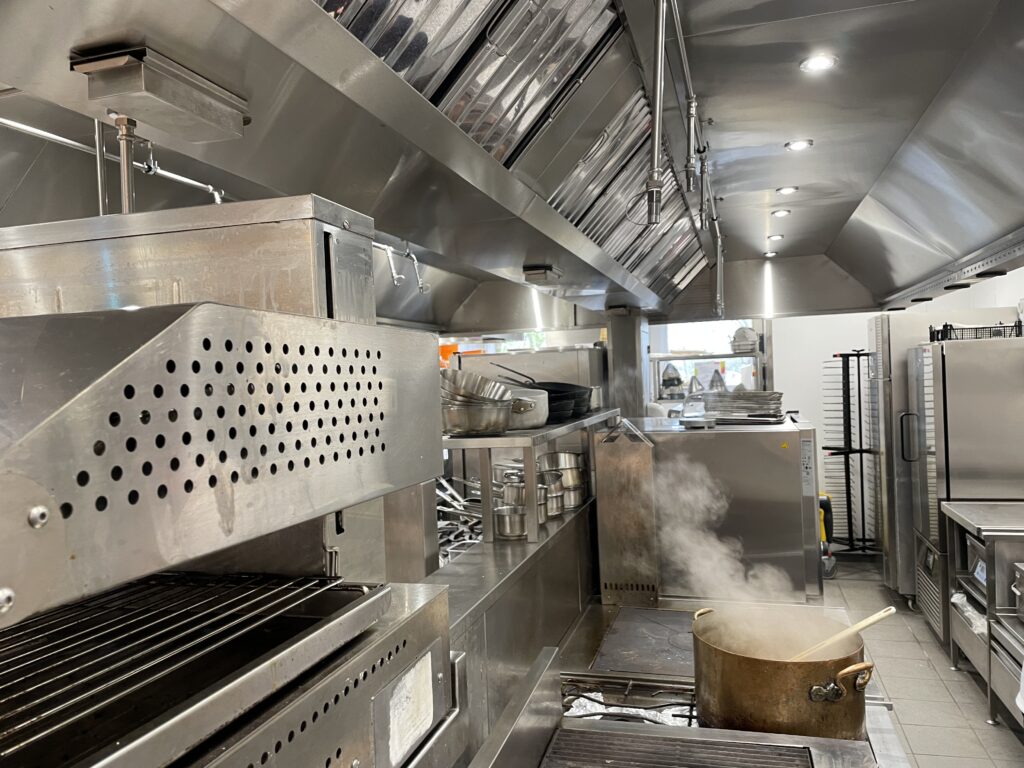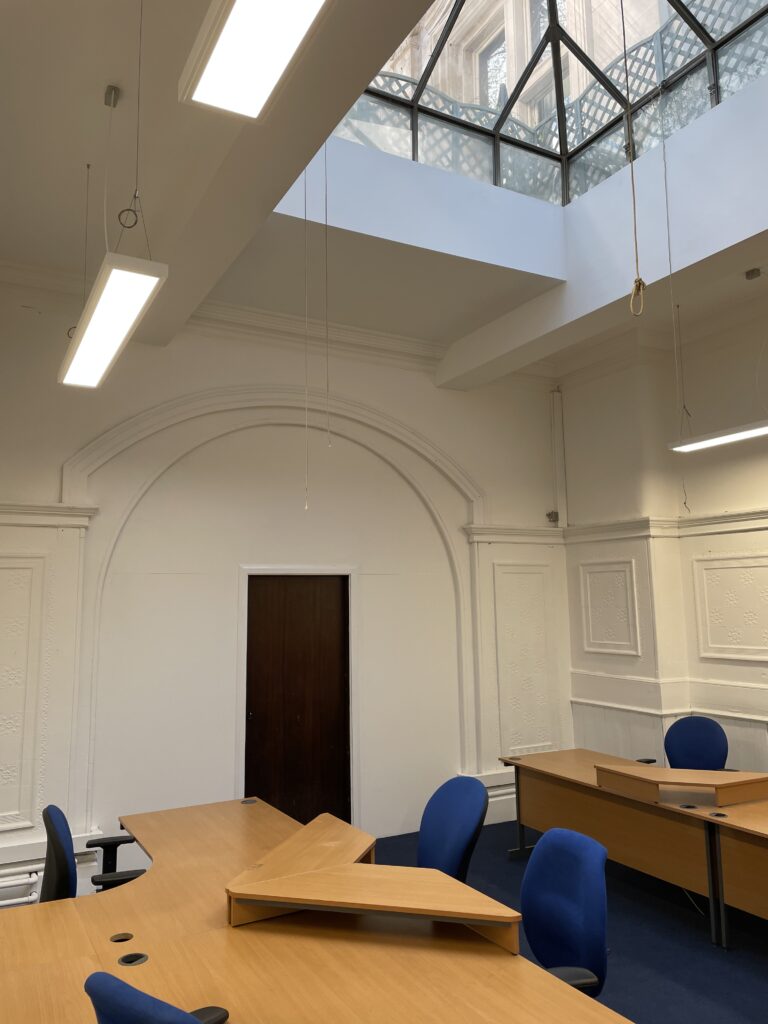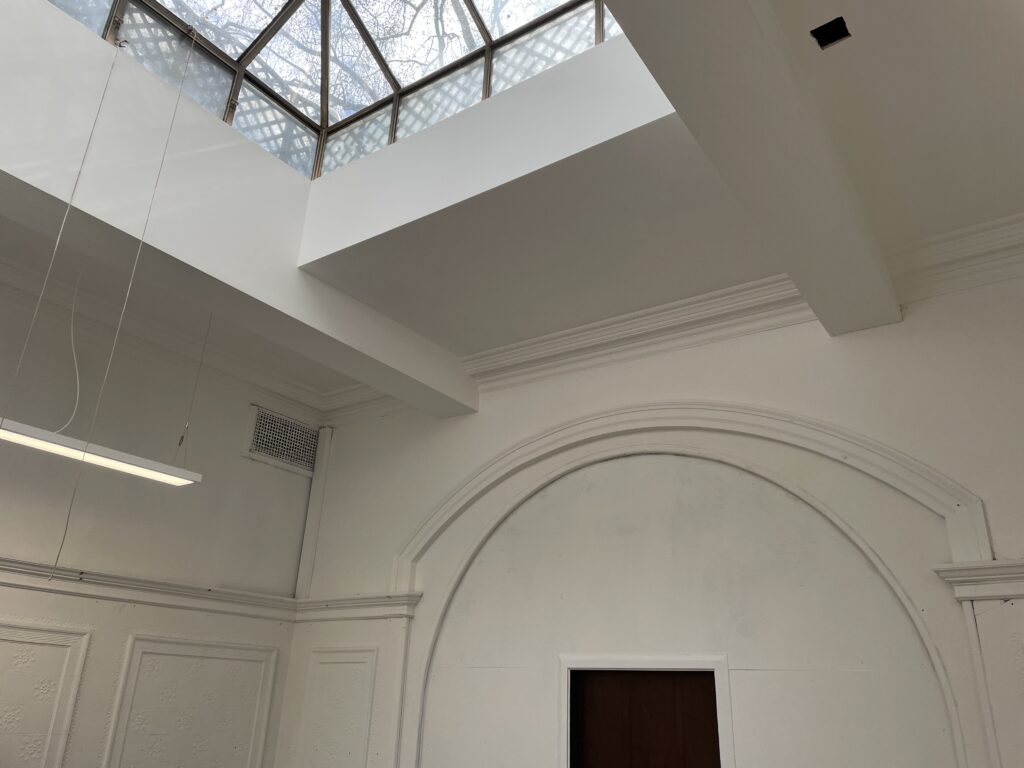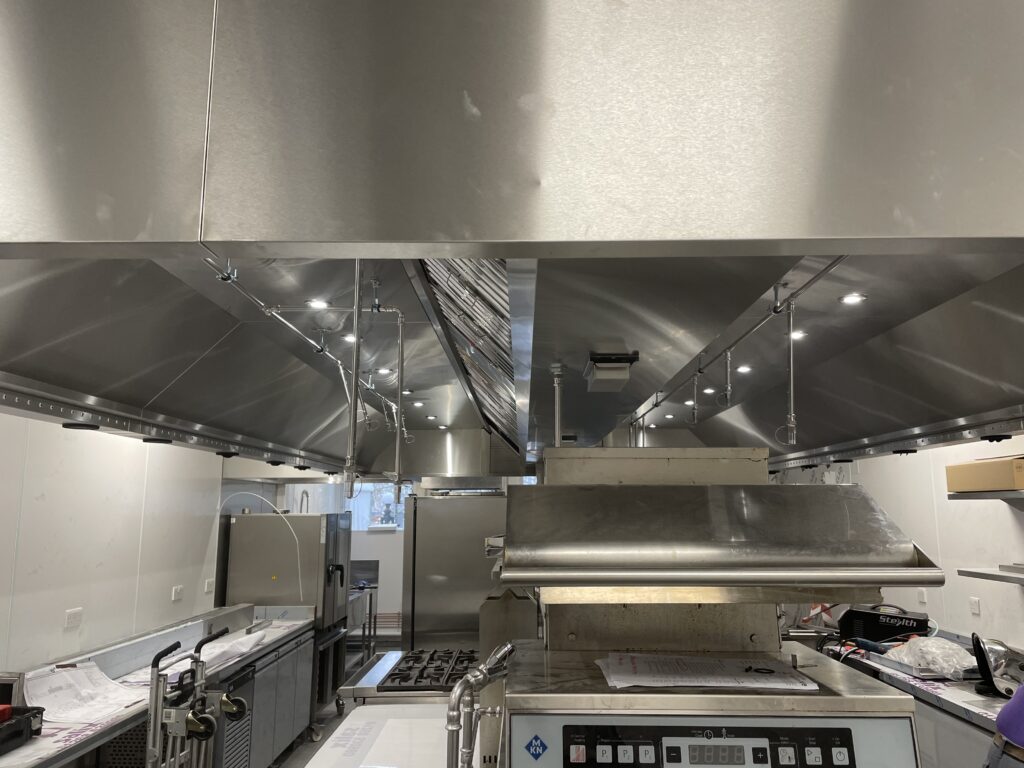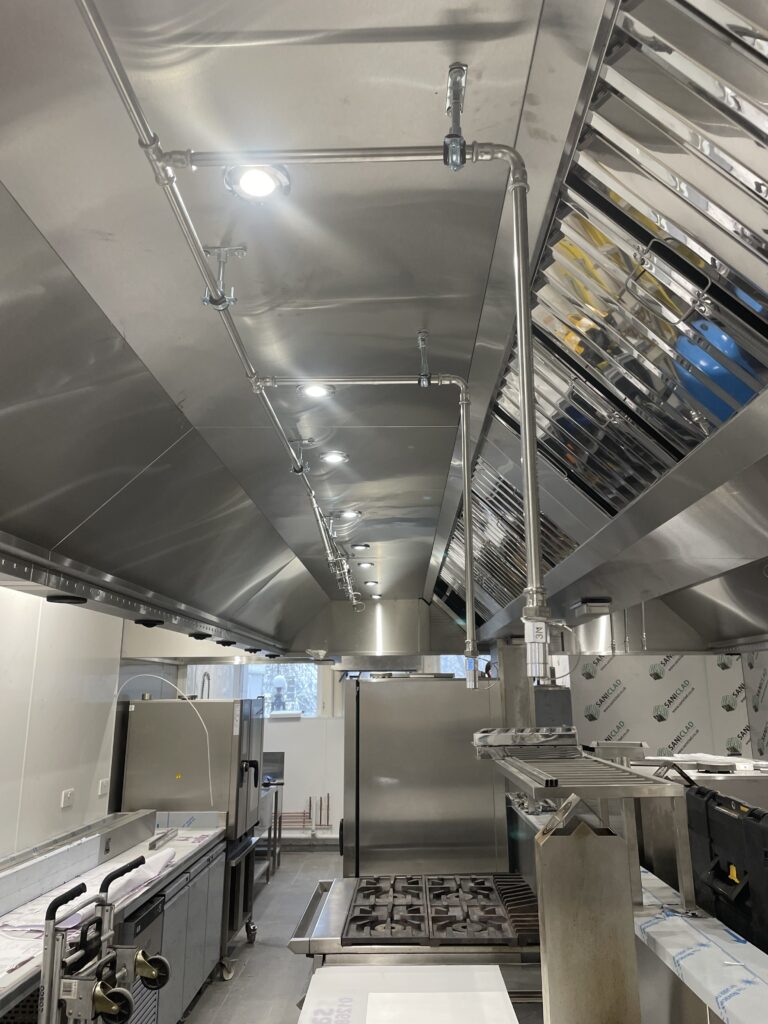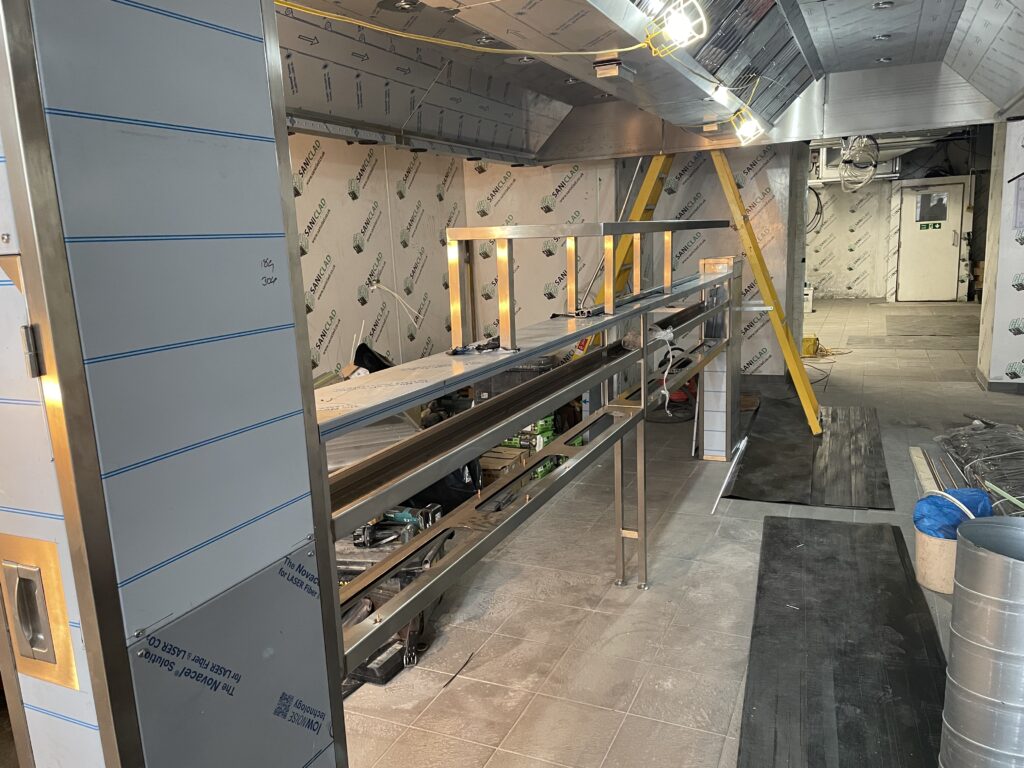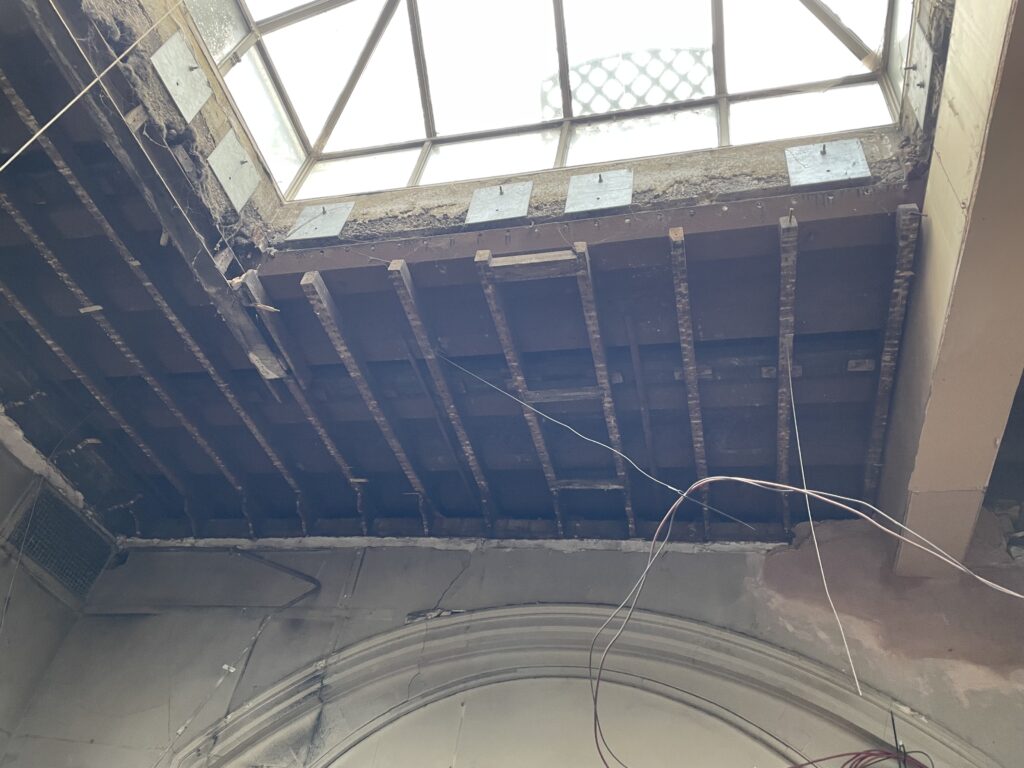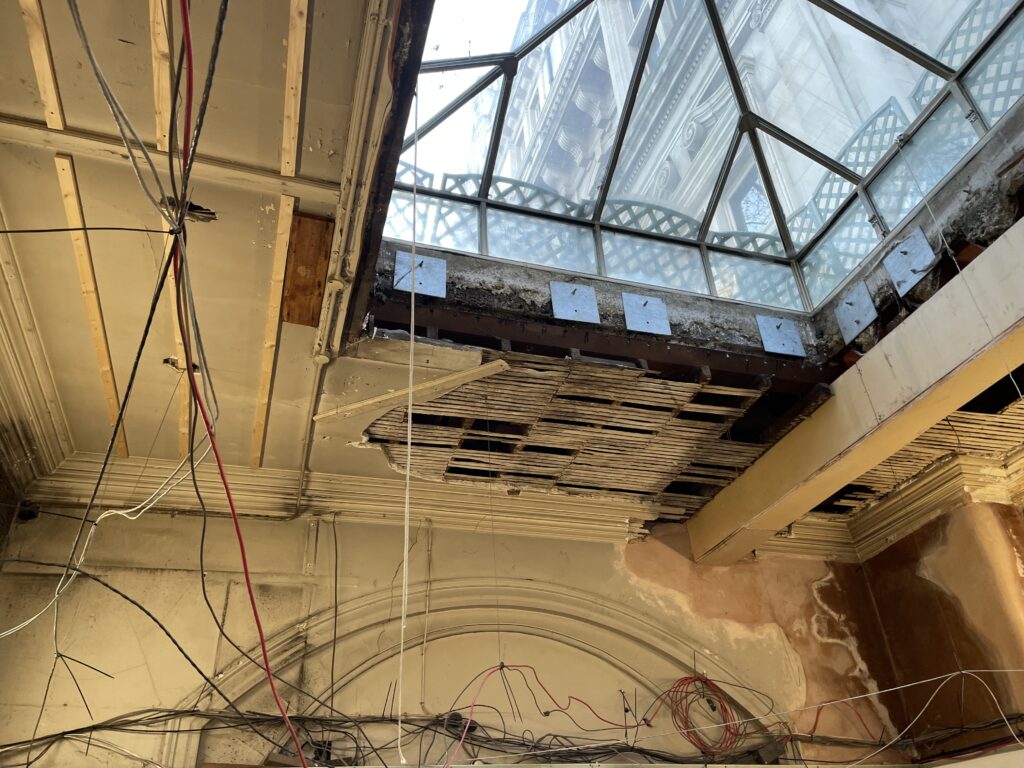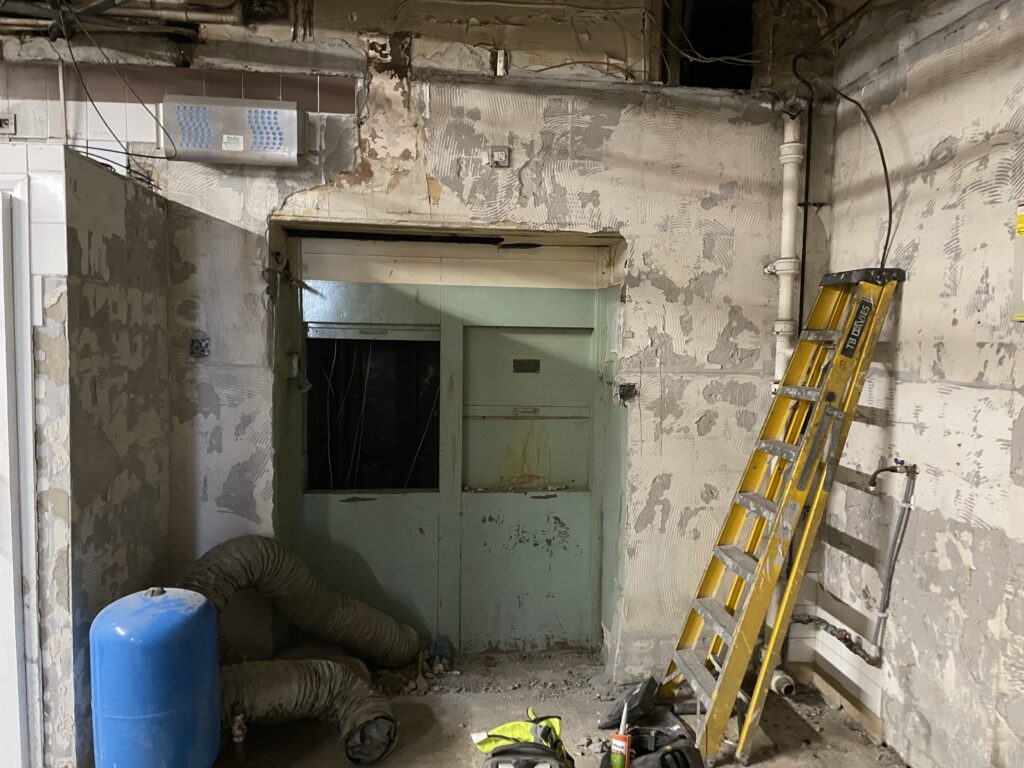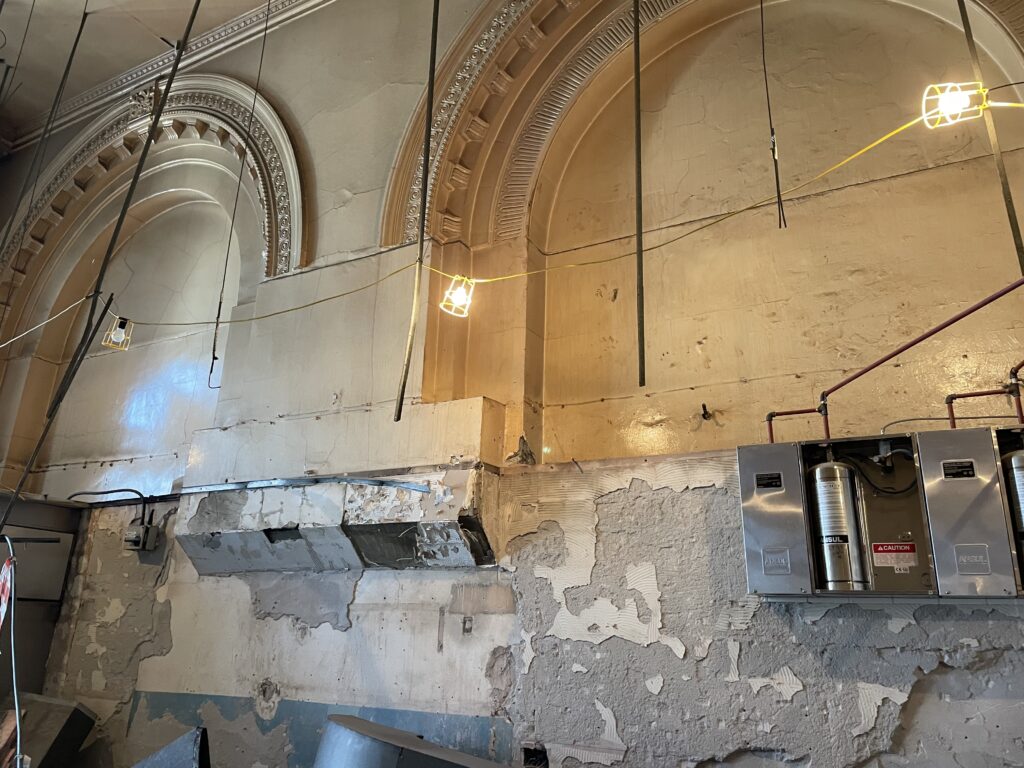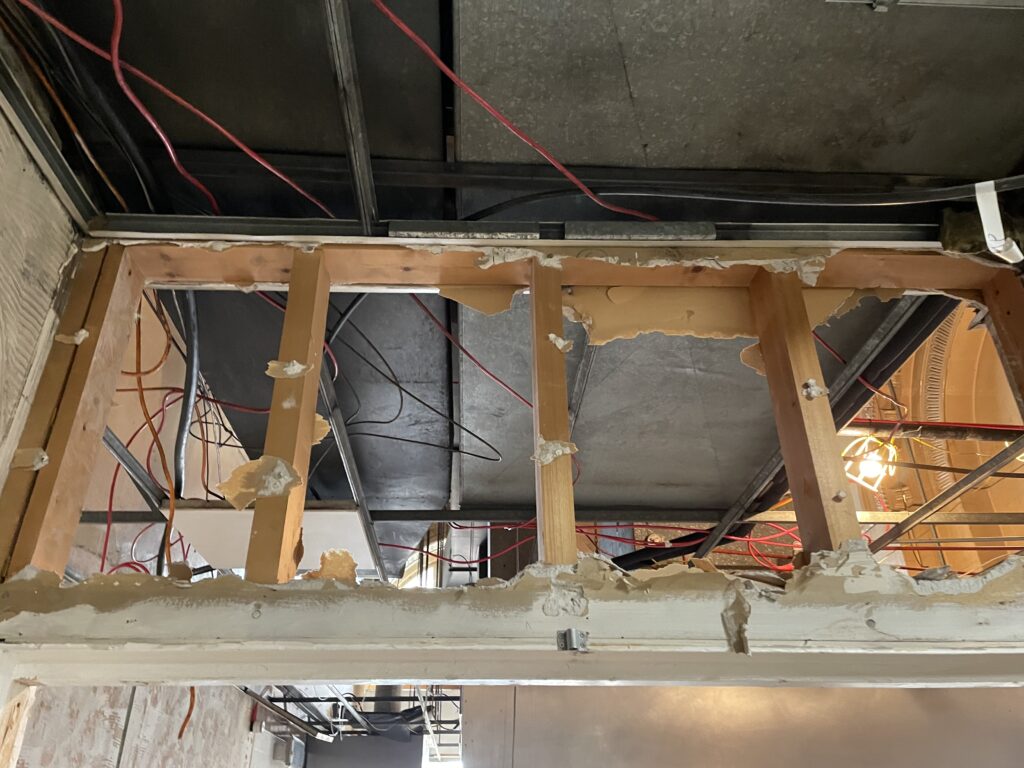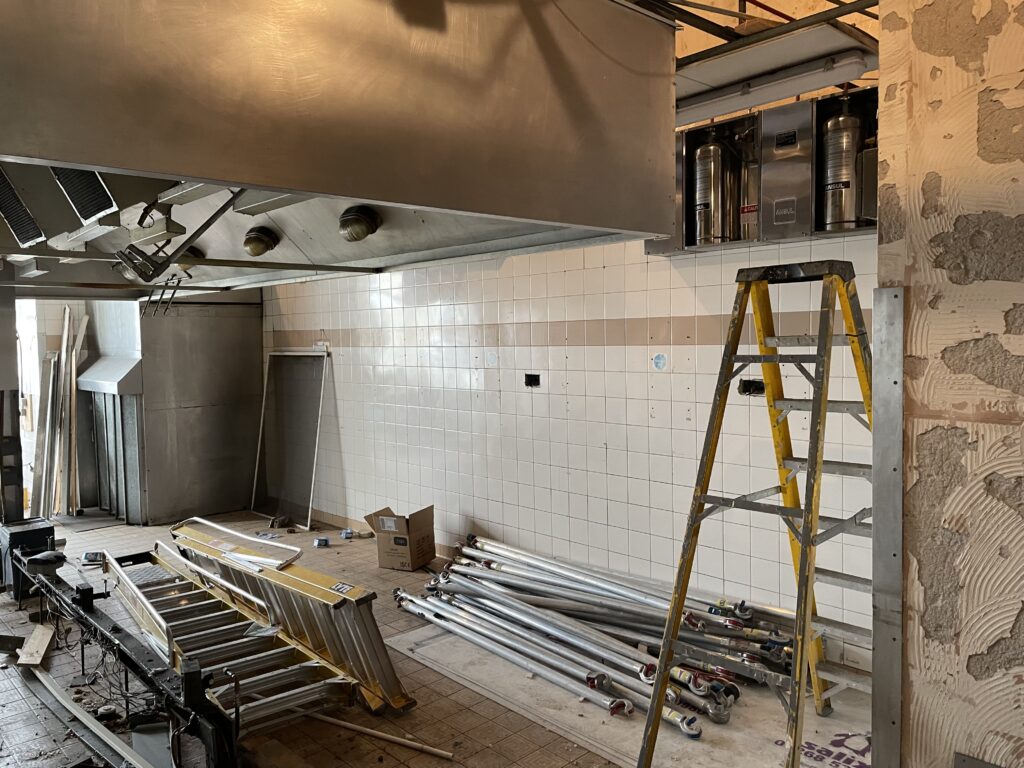National Liberal Club
Bluecrow Projects had the wonderful opportunity to work within the National Liberal Club building.
This building dates back to 1897 and was designed by architect Alfred Waterhouse – best know for the London Natural History Museum. The club’s Italianate building on the Embankment of the river Thames is the second-largest club-house built in London.
Working behind the scenes on this beautiful Victorian building, we started with the strip out works. This included the removal of the existing false ceiling grids, walls and hundreds of metres of floor tiles. To expand the overall floor capacity, we also removed an old dumbwaiter and a large goods lift, to then find another double sized dumbwaiter located behind some old partition walls. This then also required removing.
Interestingly, once everything was carefully stripped back, the previous materials required removing from the property. This was no mean feat due to the NLC being open to members during the day, with no access through the building available. We proceeded to build a safe platform between a window and a path, transfer to a terrace at the front of a turret, then carry the everything down curved stairs to the ground floor.
All in all, a very long process due to ensuring regulations where adhered to and of course, safety.

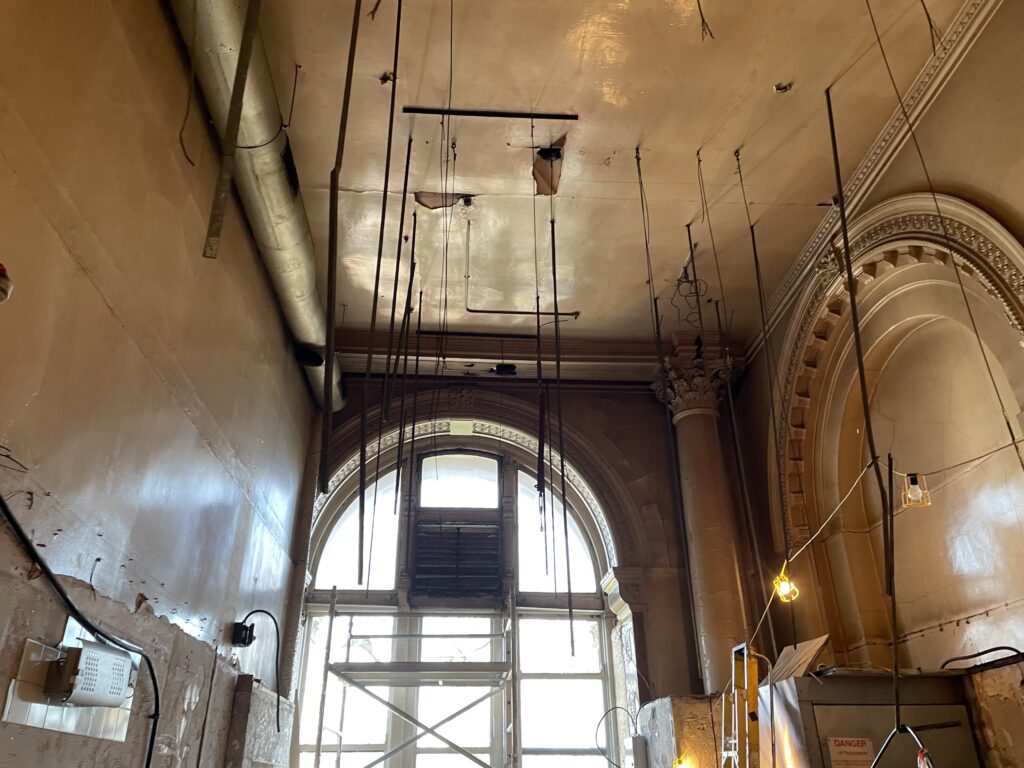
Whilst removing many false partitions, ceilings, old plasterboard walls and other previously fitted materials, so that we could make good for the new layout and design, various interesting architecture was found along the journey and can be seen here.
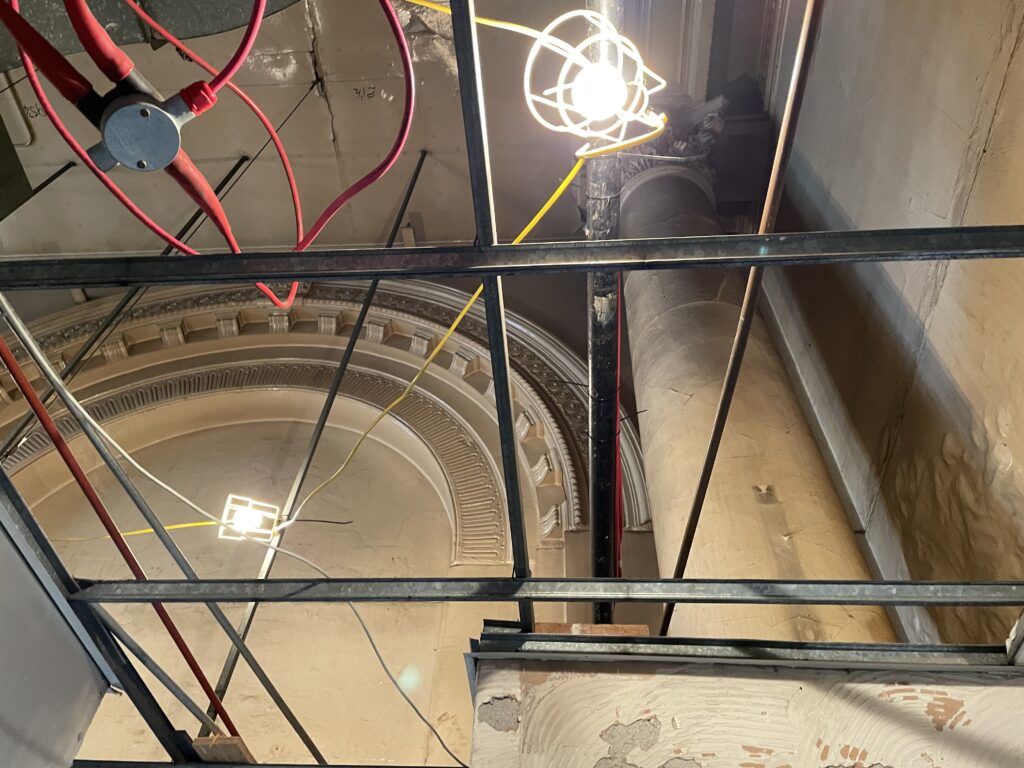
Following the first fix installation, the main floor received a Latex layer to ensure the floor was level for the Graphite finish tiles and cove skirting. Uneven wall surfaces around the perimeter received stud plasterboard walls, encapsulated in Saniclad wall cladding.
A new suspended ceiling grid was installed, with all doors replaced with 60-minute fire ratings, for that extra piece of mind.
The project existed of many things throughout, from the new kitchens, corridors, changing rooms to the wonderful open ceiling offices.
This part of the project saw a new skin installed with existing beams cladded with fireline boards, ceilings insulated and plaster boarded with repairs made to wall tiles and century old timber cladding.



